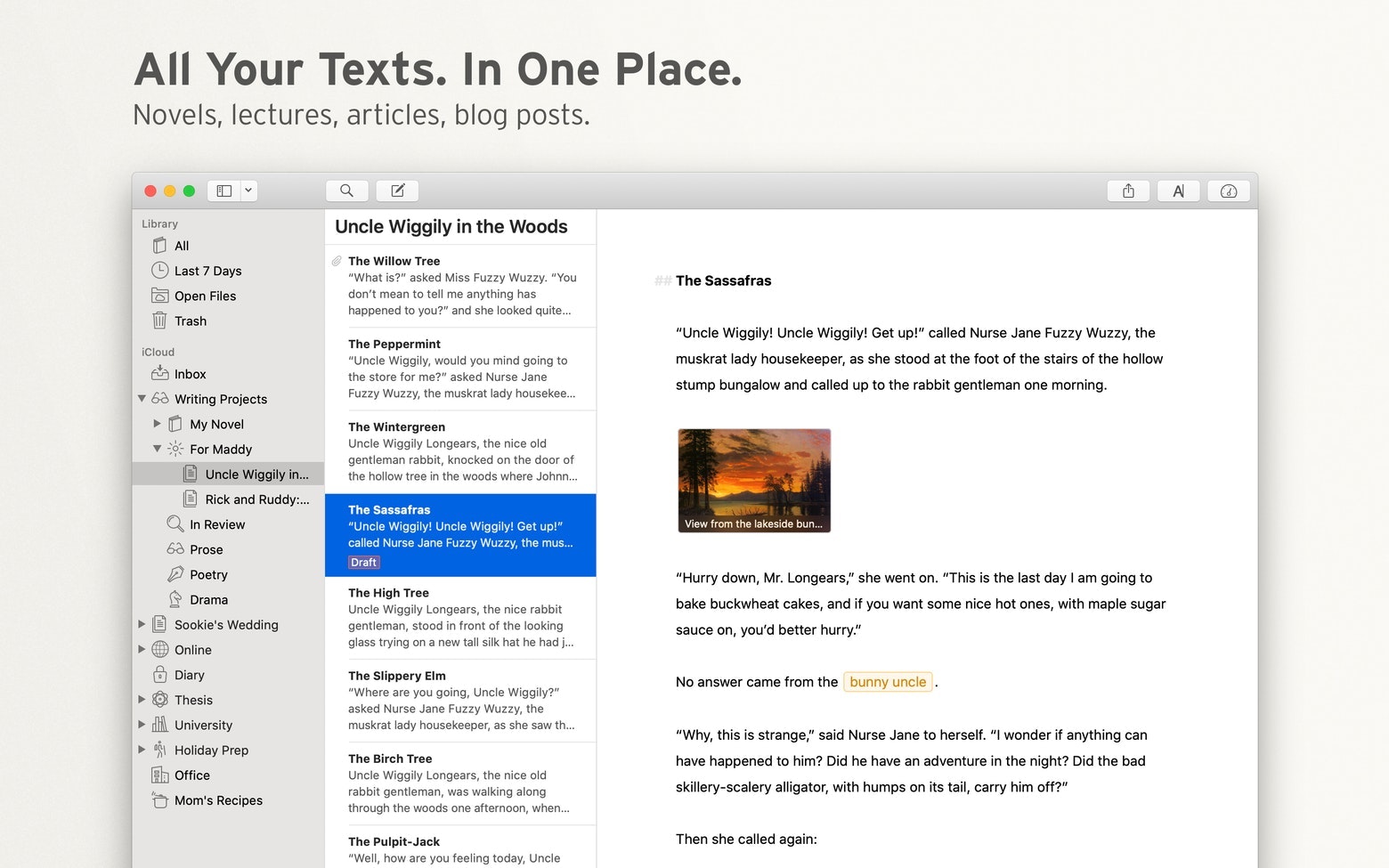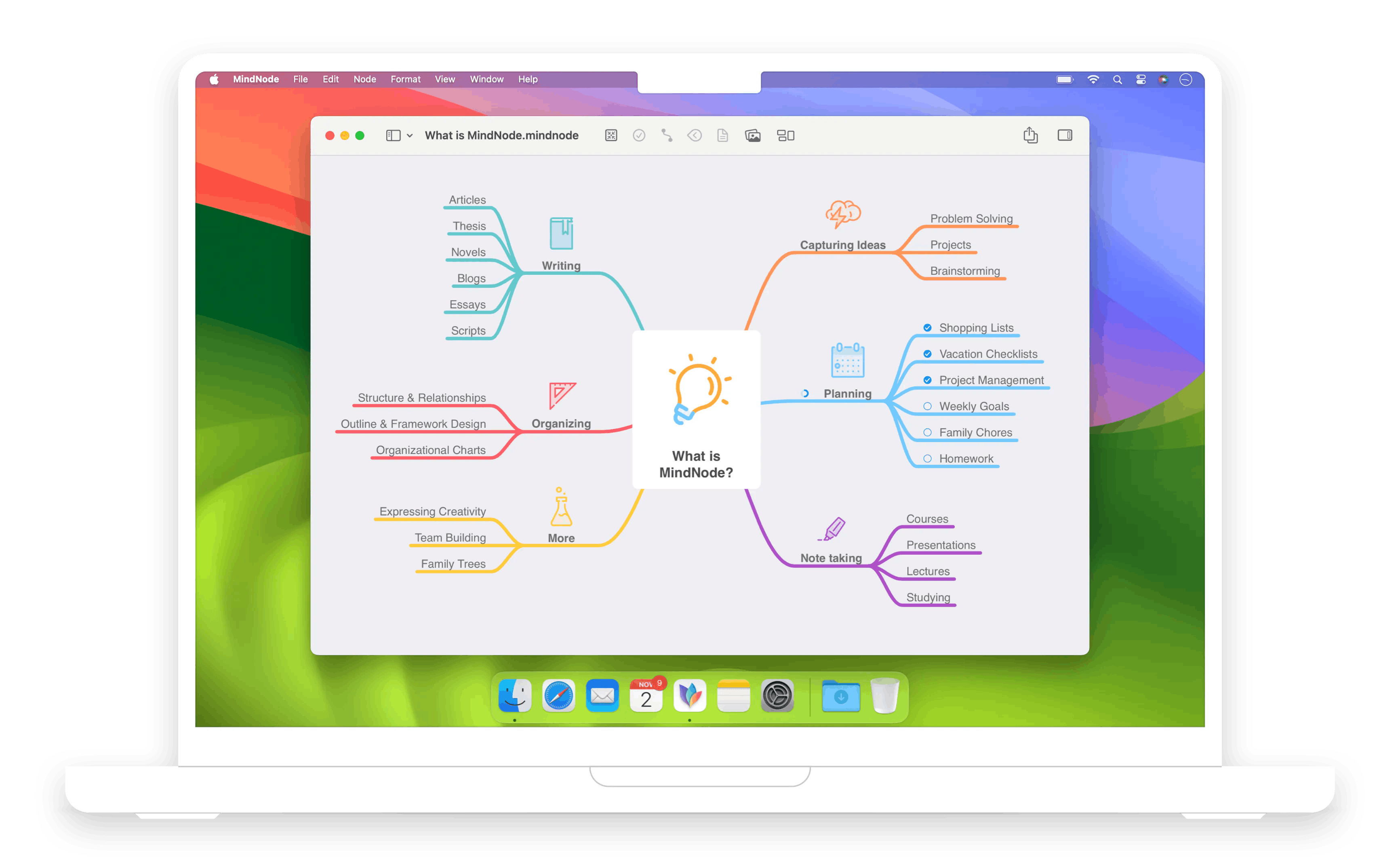How to write SMART goals: Examples and definition
You’ve probably heard the term “SMART goals” and wondered what they are, or why it’s something people buy into. It’s fair to wonder why this method for creating goals is so popular, and how it can apply to your life.
Whether it’s at work or in your personal life, having a SMART goals worksheet can keep you focused on achieving more, and more frequently. In this article, we’ll provide some SMART goals examples, discuss the SMART goals definition in detail, tell you how to write SMART goals for yourself, and discuss some apps that can help you create a SMART goals template you can use often.
What are SMART goals?
Let’s answer the most pressing question right away: what does SMART goals stand for?
SMART is an acronym for Specific, Measurable, Achievable, Realistic, and Timely.
The overall goal is to help you break things down into smaller projects or tasks. It’s easy to get overwhelmed with life, and SMART goals let you focus on smaller things that allow you to take small steps toward achieving big things, or just freeing up time for personal projects by managing time more effectively.
Specific SMART Goal
The “S” in SMART is for specific, so you should think about a very specific goal you want to achieve. Be as direct and concise as possible with this step; having a broad goal can dissuade you from trying to achieve it, as those often feel too big a task, or the scope too vague.
Bad example: I want to pay off my debt.
Good example: I want to pay off both of my credit cards by the end of the year.
Measurable SMART Goal
The “M” in SMART stands for measurable. Think about the overall time frame for your goal, and how you can measure success while achieving it. It allows you the opportunity to check in at various intervals and see how you’re doing, then reset your goals as necessary.
Let’s say it’s July first, and you want to pay your credit cards off by the end of the year as defined in your “S” goal. You could add measurable markers along the way, such as this:
Good example: I want to pay off both of my credit cards by the end of the year, and pay off half of the balance on each card by October 1.
Achievable SMART Goal
The “A” in SMART represents achievable, and is meant to help you discover ways to achieve your goals. You’ve provided yourself with a smart, measurable goal to paying off debt – but how will you actually achieve it?
This is a time when you should give yourself a more rigid framework to work in. Providing guidance on how to achieve the goal is critical to keeping yourself on the path to success.Good example: I want to pay off both of my credit cards by the end of the year, and pay off half of the balance on each card by October 1. To do this, I will use 15 percent of my take home pay toward paying off credit card balances each month.
Relevant SMART Goal
In the SMART goals scheme, “R” is for relevant. Consider why you want to pay off debt; aside from the obvious, what about your debt is hindering you? Are you unable to save money because your income is going towards debt? Maybe the balances are affecting your credit score, and you’re unable to get a loan for a car.
In your SMART goal, mention what the relevance is for your desire to pay off debt.
Good example: I want to pay off both of my credit cards by the end of the year, and pay off half of the balance on each card by October 1. To do this, I will use 15 percent of my take home pay toward paying off credit card balances each month. Once the cards are paid off, I will use the 15 percent I was using towards credit cards to save money for a down payment on a car once my credit score improves.
Timely SMART Goal
The “T” in SMART is for timely, or time-based. You should provide more unique markers for when you expect to achieve the end goal.
Here, our goal is to pay off debt so we can buy a car. We’ve established that we want to pay off debt, then save money, and buy a car once our credit score improves – but when do we think that will be?
Good example: I want to pay off both of my credit cards by the end of the year, and pay off half of the balance on each card by October 1. To do this, I will use 15 percent of my take home pay toward paying off credit card balances each month. Once the cards are paid off, I will use the 15 percent I was using towards credit cards to save money for a down payment on a car by July 1 of next year.
SMART goals examples
We now have a true SMART goal. We have a plan to pay off debt, then use the money spent paying off debt to buy a new car, and a timeframe for each step along the way. It’s specific, measurable, achievable, relevant, and timely.
Other reasons to create SMART goals are:
- Getting a promotion. Define what you need to do to get promoted, and the timeframe in which you want it to happen.
- Taking a dream vacation. You’ll need to save money, maybe get a passport, define how you want to get there and all the things you want to do while there.
- Buying a house. Perhaps you want to own a home in a few years’ time. Define where you want to live, why you want to be there, what it’ll take, and how you will achieve it.
Best apps to accomplish your goals
Now that you know how to create a SMART goal, you may be wondering what is used to create SMART goals. You can always write them down, but that’s tedious. Apps are a much better and more interactive option. Whatever apps you use, there are a few tips to achieving your SMART goal that should be applied.
Define the goal
In the example above, we defined our goal. It’s SMART, and we know that. Defining your goal is always the first step. If you were to start defining how to accomplish your goal on step one, you may end up discouraged.
You may find that you need more than a paragraph to fully express the full definition of your goal. Ulysses for Mac from our Setapp subscription is a sharp, powerful writing environment that can help you define your goals, and create a repository for all your notes and writings on a subject. It’s especially handy if you want to create file trees for your SMART goals.

Schedule your measurables
We wanted to pay off debt by a certain time, right? The best option for checking on this is to add calendar appointments on the days we know are important. We’d have something in our calendar for October 1, December 31, and July 1 of next year, at minimum.
When you check in on yourself, it can be helpful to log your thoughts or feelings about your SMART goal. Diarly from our Setapp subscription is great for times like this. It’s a journaling app that lets you add pictures, log your feelings about the SMART goal you've set for yourself, and is accessible on Mac and iOS.

Re-evaluate as needed
What if an unexpected expense in November derailed our plans to pay off debt? It would be natural to get discouraged, but at your end of year check-in, re-evaluate how achievable your goal is after that expense, and re-define the parameters you’ve set. You may not pay your debt off until February of next year, but you may still be on-track to own a new car by July 1!
One great app for this is MindNode, an app for mind mapping. This powerful visualization tool helps you organize your thoughts, make meaningful associations, and continually track your progress so you can set (and achieve) productive goals.
Final thoughts
SMART goals don’t need to be one-off projects; you can have multiple goals for yourself, and it’s a really powerful tool for teams as well. With multiple people using SMART methodology to produce results, a team can be performant and productive.
Ulysses, MindNode, and Diarly are all available for free during 7 days trial of Setapp. Along with these three amazing apps, you’ll have immediate and unlimited access to the full suite of nearly 240 apps available via Setapp, too!
When the trial ends, Setapp has one low cost per user rather than per-app licensing, making it both cost effective and profoundly important for your team. It’s an incredible offer on a massive suite of apps for Mac and iOS, so why wait any longer? Give Setapp a try now!









